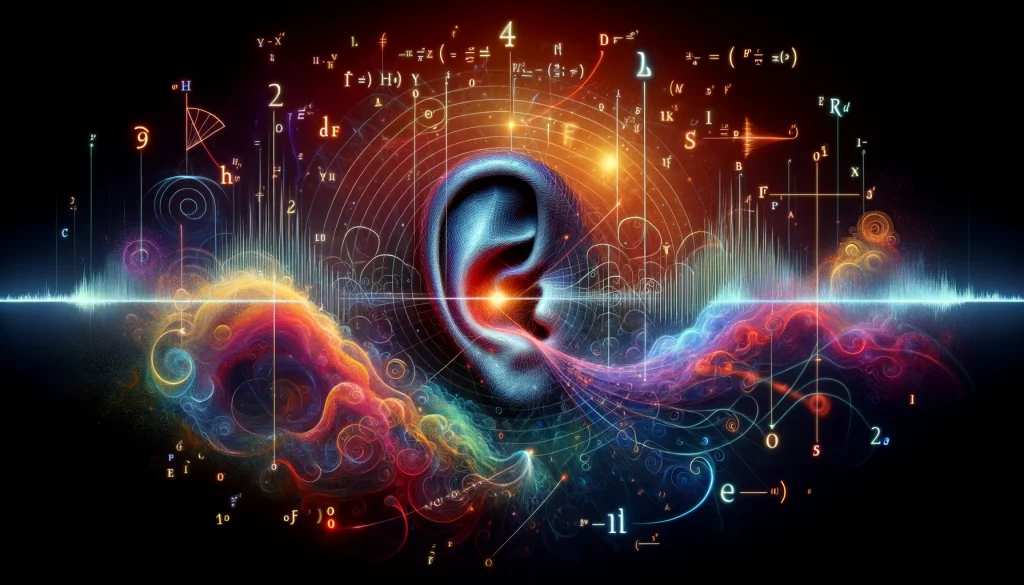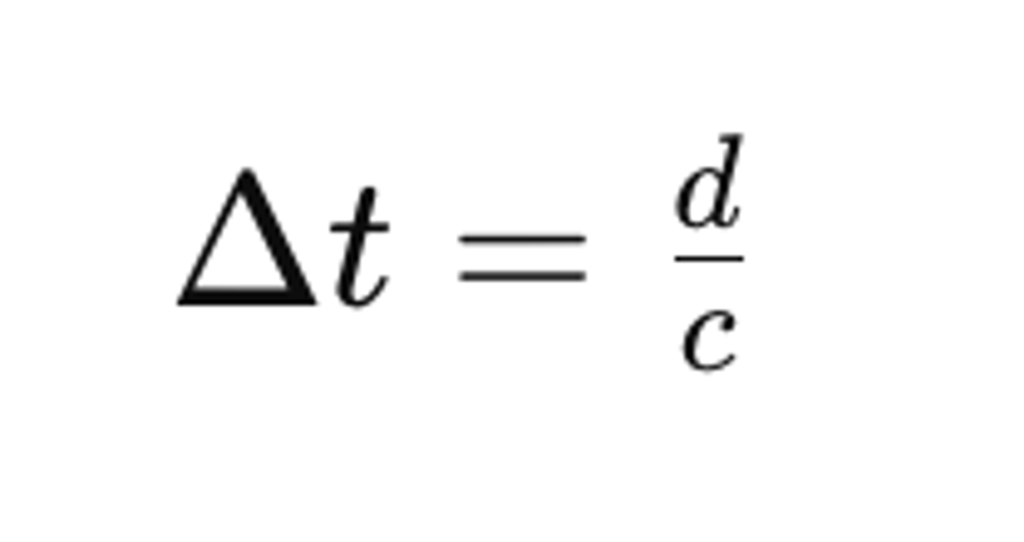Hello.
Thank you for your interest in the sound and recording technology of Curanz Sounds.
From here on, the page will be quite specialized.
The mission and goal of Curanz Sounds is “to recover the mystery and wisdom of sounds lost in ancient times in order to deliver healing and happiness to people all over the world.”
We have a desire for people all over the world to be happy, to illuminate the world with the mystery of sound and the power of music… That’s our aspiration.
To achieve this, it is best to listen to the music of Curanz Sounds.
Here, we introduce sound and recording technology, and we hope that you will feel the high quality of Curanz Sounds’ field even a little bit.
Also, since the wisdom unraveled by Curanz Sounds, sound technology, and the inheritance of cultivated recording technology are included, those who want to learn about sound, and those who can gain technical understanding about adjustments to 432hz, please practice and spread the frequency of love and harmony, 432hz, and other Solfeggio frequencies on your own.
We create this page with such thoughts.
About sampling sound sources

Currently, we are using meticulously sampled sound sources.
We use sound sources sampled one by one with dozens, hundreds of microphones at a traditional audio studio in Germany, using a full concert grand from YAMAHA. Not only can we finish something that is virtually indistinguishable from live recording, but we also sample with a system that far exceeds the equipment that can be prepared individually, such as microphones, mic amps, ADCs, etc. as an audio system. Therefore, it can be said that this is rather the best choice for providing stable acoustics.
In addition, with the recent improvement in computer performance, latency can be kept almost zero, so we can provide the highest level of acoustics and performance without reducing the performance as a performer.
About the process of converting analog to digital

The sampling sound source mentioned here, as indicated above, is almost indistinguishable from live recording.
The Analog-Digital Conversion (ADC) process is mainly composed of three steps as a crucial step to convert an analog signal into a digital signal.
Sampling: Measure the continuous analog signal at specific time intervals and convert it into discrete samples.
Quantization: Map the analog value of each sample to a fixed range of numbers (quantization level).
Encoding: Convert the quantized values into a digital bit sequence.
Sampling
According to Shannon’s sampling theorem, in order to accurately reconstruct a signal, the sampling frequency must be more than twice the highest frequency of the original signal.
This sampling frequency that meets this condition is called the Nyquist frequency.
Quantization
In the quantization process, continuous analog values are mapped to a fixed range of numeric values.
The quantization step (Δ) is determined by dividing the range of the minimum and maximum values of the signal by the number of quantization levels.
Quantization error is the difference between the actual analog value and the quantized value.
Increasing the quantization bit number (n bits) reduces the quantization error, but increases the bit number of the data.
Quantized values are converted to digital bit sequences, and each quantization level corresponds to a unique bit pattern. For example, in an 8-bit ADC, there are 256 (2828) quantization levels, and it can have values from 0 to 255.
Code for Reverb Calculation Using Sabine’s Law
Now, the only weakness of sampled sound sources is that they cannot capture spatial vibrations.
It can be clearly stated that live performances are obviously superior in this respect.
However, by applying healing frequencies to digital audio as harmonics, we can pseudonymously create a space.
The following is Python code for reverb calculation using Sabine’s Law, one of the laws of acoustics.
Please check this article for more information about Sabine’s Law.
import numpy as np
def simple_reverb(signal, sample_rate, delay_seconds=0.5, decay=0.5):
"""
Parameters:
- signal: input signal(numpy array)
- sample_rate: sampling frequency (Hz)
- delay_seconds: delay time (time)
- decay: Attenuation rate width
Returns:
- processed signal (numpy array)
"""
delay_samples = int(sample_rate * delay_seconds)
output = np.zeros(len(signal) + delay_samples)
output[:len(signal)] = signal
for i in range(len(signal)):
output[i + delay_samples] += signal[i] * decay
return output
sample_rate = 44100 # Normal CD level sound quality
# processed_signal = simple_reverb(signal, sample_rate, delay_seconds=0.5, decay=0.5)
The setting of the decay rate in reverb processing varies depending on the type of reverberation effect you are aiming for and the characteristics of the sound source.
This is where the years of intuition of the acoustic engineer comes into play.
Curanz Sounds is represented by Koutaro Hattori, who is both an acoustic engineer and a musician. The results of years of experimenting with the best pianos in various situations during his musician activities are embodied here.
Of course, this acoustic technology is not just embodied, we would like to systematize and convey it in the future.
Until the day collaborators of Curanz Sounds appear.
Calculation of Musical Temperament and How to Set Just Intonation
In piano performances that aim to reproduce ancient wisdom, the concept of musical temperament is a very important element in addition to the 432hz frequency.
The calculations for Just Intonation and Pythagorean tuning at 432hz are summarized in Python code using pandas, which I will share.
Thorough Explanation of the Wisdom of the Pythagorean Sect with Python Code for Pythagorean Tuning
Moreover, the currently widely used equal temperament is a matter solely for the world of piano, intended to harmonize all 12 keys.
The original concept of musical temperament can be a little more flexible.
Bach was the one who adopted equal temperament globally, but I have also written an article about why Bach adopted the equal temperament, so please check it out.
I believe this is a compressed code of wisdom.
Therefore, it is the wisdom that we, modern musicians, should decipher.
It doesn’t necessarily have to conform to music theory. (This is my personal view as a musician)
Why Bach Adopted Equal Temperament
How to Register Musical Tuning to a Computer Script
At Curanz Sounds, we use Kontakt as our sampler.
With the script function of this Kontakt, it allows for advanced customization of the sampling engine.
By using this function, the method of sample playback, the processing of effects, and particularly the adjustment of pitch (pitch) can be somewhat controlled by the script.
If you are playing with a standard pitch of 432Hz in just intonation, you may consider the following steps and adjustments.
Pitch Adjustment in Just Intonation
As we have already mentioned in several articles, in just intonation, each interval is based on a specific frequency ratio.
For example, the major third is a 5:4 ratio, and the perfect fifth is a 3:2 ratio.
Using Kontakt’s script editor, we write a script to adjust the pitch of each note based on these ratios.
Basic Structure of the Script
In Kontakt scripts, we use the on note event to define the behavior when a note is played. For example, below is a very simplified example of a script.
on note
declare $pitchAdjustment
select($EVENT_NOTE)
case 60: $pitchAdjustment := 0 // For C, no adjustment
case 62: $pitchAdjustment := 0.1 // For D, pitch up slightly (example)
case 64: $pitchAdjustment := -0.1 // For E, pitch down slightly (example)
// Make adjustments in the same way for other notes.
end select
change_note ($EVENT_ID, $EVENT_NOTE, $EVENT_VELOCITY, $pitchAdjustment)
end on
In this example, the change_note function is used to fine-tune the pitch of the notes played.
In practice, the value of $pitchAdjustment needs to be calculated based on the exact frequency ratio, which requires complex calculations taking into account the reference frequency of each note (a frequency based on 432Hz).
To actually play in just intonation with 432Hz as the reference, the above script will be further expanded in detail, and the pitch of each note will be precisely adjusted.
Let’s calculate the frequencies of other notes using the frequency ratio based on just intonation.
The ratios of major intervals in just intonation are as follows.
Perfect fifth (G to C): 3/2
Major third (E to G): 5/4
Perfect fourth (C to E): 4/3
Using these ratios, let’s find the frequency for C4.
Looking at the relationship from C4 to A4 in just intonation, A4 is located a perfect fifth above G4 from C4, and further a major second (9/8) above A4.
Therefore, you can calculate the frequency of C4 by working backwards from A4 (432Hz).
When you actually write these in Python, it looks like this:
# Set A4 frequency to 432Hz
A4_frequency = 432
# Frequency calculation from A4 to C4
G4_frequency = A4_frequency * (2 / 3) # perfect fifth below
C4_frequency = G4_frequency * (3 / 4) # perfect fourth below
# Frequency ratio of C major scale based on just intonation
intervals_ratio = {
'C': 1,
'D': 9 / 8,
'E': 5 / 4,
'F': 4 / 3,
'G': 3 / 2,
'A': 5 / 3,
'B': 15 / 8,
'C5': 2
}
# C major scale notes and frequencies calculation
notes_frequency = {note: C4_frequency * ratio for note, ratio in intervals_ratio.items()}
notes_frequency
There is no need to use external libraries here, you can perform numerical calculations and dictionary operations with just the basic functions of Python.
These concepts are also very important points when creating music in other frequency bands, so please be sure to master them when creating healing music.
This is a Kontakt sample code script for the just intonation of the C major scale.
{ Kontakt }
on init
{ Set A4 to 432Hz }
set_knob($PITCH_KNOB, 0) { Set the pitch bend center value }
declare $baseFreq := 432
declare $noteFreq[128]
declare $freqRatio[128]
declare %notes := (0, 2, 4, 5, 7, 9, 11, 12) { C major scale note numbers }
declare $i
{ Calculate the frequency of C4 and set the frequency ratio based on just intonation }
$noteFreq[60] := $baseFreq / 2 { C4 frequency }
$freqRatio[60] := 1 { Since C4 is the standard, the ratio is 1 }
{ Calculate frequency ratio of other notes }
$freqRatio[62] := 9/8 { D }
$freqRatio[64] := 5/4 { E }
$freqRatio[65] := 4/3 { F }
$freqRatio[67] := 3/2 { G }
$freqRatio[69] := 5/3 { A }
$freqRatio[71] := 15/8 { B }
$freqRatio[72] := 2 { C5 }
{ Calculate the actual frequency }
for $i := 0 to 127
if ($i <> 60) { C4以外 }
$noteFreq[$i] := $noteFreq[60] * $freqRatio[$i % 12]
end if
end for
end on
on note
{ Adjust pitch according to notes }
if ($EVENT_NOTE < 60 or $EVENT_NOTE > 72)
ignore_event($EVENT_ID)
else
change_note($EVENT_ID, $EVENT_NOTE, $EVENT_VELOCITY, ($noteFreq[$EVENT_NOTE] - $noteFreq[60]) * 1000)
end if
end on
Of course, it is just intonation, so similar scripts with other keys will not work.
It is necessary to prepare scripts for each scale, adjust them intentionally, and organize them for each song.
Steps to Write a Kontakt Script
Open Kontakt:
Open Native Instruments Kontakt.
Load or Create an Instrument:
Load an existing instrument or create a new one.
Move to the Script Tab:
Choose the ‘Script Editor’ or ‘Script’ tab from the tabs at the top of the instrument editor.
Use the Script Editor:
The script editor will open. Write your KSP code here. To create a new script, clear the existing script in the editor or add a new slot.
Write the Code:
Copy and paste the provided code example into the script editor. This code is used to adjust the pitch of each note based on a specific tuning.
Execute the Code:
After entering the code into the editor, click the ‘Apply’ button to apply the script. This will allow the script to run against the instrument.
Test and Adjust:
Test the behavior of the script and adjust the code as needed. If the behavior is not as expected, review the code and check for errors.
Recording Technology
We use live recording for instruments used in rituals, such as singing bowls, tingsha, dragon flutes, sheng, and other healing instruments, instead of using sampled sound sources.
Our live recording technique was thoroughly learned at the studio of Mr. Akihiko Goto, a recording engineer who is a direct disciple of Mr. Akihiko Kaneda of Kaneda-style DC recording. We continue to experiment and validate as the technical department of Curanz Sounds, with Mr. Akihiko Goto still serving as an advisor.
In principle, we base our recording on the non-directional AB method of stereo recording.
However, there are also cases where we deliberately adopt the directional NOS method.
Although these require specialized knowledge, the main reason for adopting non-directionality is to directly convert the reverberation of space into digital data.
In the case of directional microphones, it feels like recording a sound source that is always calculated by arithmetic processing. In contrast, with the AB method, there is the advantage that the adjustment of the stereo feeling and the vibration of the space can also be manually adjusted.
This time difference can be calculated using the distance between microphones and the speed of sound.
Calculation
The maximum time difference ΔΔt for the sound to reach the microphone from the sound source can be calculated by the following formula, where the distance between the microphones is d meters and the speed of sound is c meters/second (the speed of sound in air is approximately 343 meters/second).

Due to this time difference, a phase difference in the sound reaching the left and right microphones occurs, creating a sense of stereo.
Generally, it is said that if this time difference exceeds about 1 millisecond (0.001 seconds), the human ear can perceive positional information as stereo.
Leap of Stereo Perception
The leap of stereo perception refers to the change in stereo image that can be obtained by changing the distance between the microphones.
In the general human stereo perception, it is common for the angular frequency band to match or almost match.
By changing this interval (widening), in addition to the wide stereo sense of the left and right, you will be able to feel the difference in frequency due to time difference (just as the larger the spread, the larger the surface ring becomes, the frequency ring also changes) as a slight beat.
Of course, this does not have fluctuations like binaural beats, but it means that you can create it analogously with recording technology that you intend to control the beat.
However, the wider the distance, the stronger the stereo feeling, but if it spreads too much, there may occur a “central blank” that feels like the central sound source has moved away.
In the case of healing acoustics, we also intentionally prepare a blank.
Specific example
For example, if the distance between the microphones is 0.5 meters, the maximum time difference can be calculated as follows.
In this case, a time difference of approximately 1.46 milliseconds creates a stereo effect.
In Python it looks like this.
d = 0.5 # Distance between microphones [m]
c = 343 # speed of sound in air [m/s]
# Calculation of maximum time difference
delta_t = d / c
print(f"maximum time difference: {delta_t} seconds") # 0.00146seconds
Kanda-style DC Recording
In DC recording, a direct current (DC) is used to record audio signals.
In this method, the signal is treated as a constant current that does not change over time.
This is rarely used in general recording situations.
However, recordings may also be made with a DC recording system specially tuned by Mr. Akihiko Kanda himself.
But that is only the case when there is a clear intention for DC recording.
In order to clearly call this the Kanda style, it is necessary for all parts from the foundation to be integrated and function as a single organism, and I will omit the explanation here.
Mastering Techniques
Normally, a technique called loudness adjustment is used for the release of sound sources, but at Curanz Sounds, we basically use only normalization processing. (There are exceptions)
That’s because I don’t want to add compression processing to data that has been digitized purely by mathematical formulas.
The sound I imagine is the sound of a live recording, which I also explained at the location of the sampling sound source.
Although we aim for a natural sound as it is, when producing an album with a concept that requires special acoustics like church acoustics, we intentionally process it within a reasonable range and control the acoustics.
About Ancient Wisdom
The ancient wisdom of sound left by our ancestors, including Pythagoras.
It takes quite a while to elucidate this.
However, a quantum physical approach has completed a certain amount of clarification.
Why can Curanz Sounds’ piano miniatures make people happy?
Why do Curanz Sounds’ prayer sound source works really make wishes come true?
This is where the ancient wisdom comes in.
This is not just a religious story, but a fusion of the worldview of philosophy and quantum physics.
In the future, we will continue to publish research reports on wisdom as far as possible.
In Conclusion
The happiness of our listeners is the most important thing for Curanz Sounds.
Please share your experiences with Curanz Sounds’ sound sources in the comments section.
Your happy voices are the number one source of nourishment for our production.
May everyone around the world remember and reclaim the wisdom of sound, the mystery of music, and lead a life filled with happiness, a life filled with light.
Today, as always, I play music while praying for your happiness.
By : 朝比奈 幸太郎